You have not yet added any article to your bookmarks!

Join 10k+ people to get notified about new posts, news and tips.
Do not worry we don't spam!
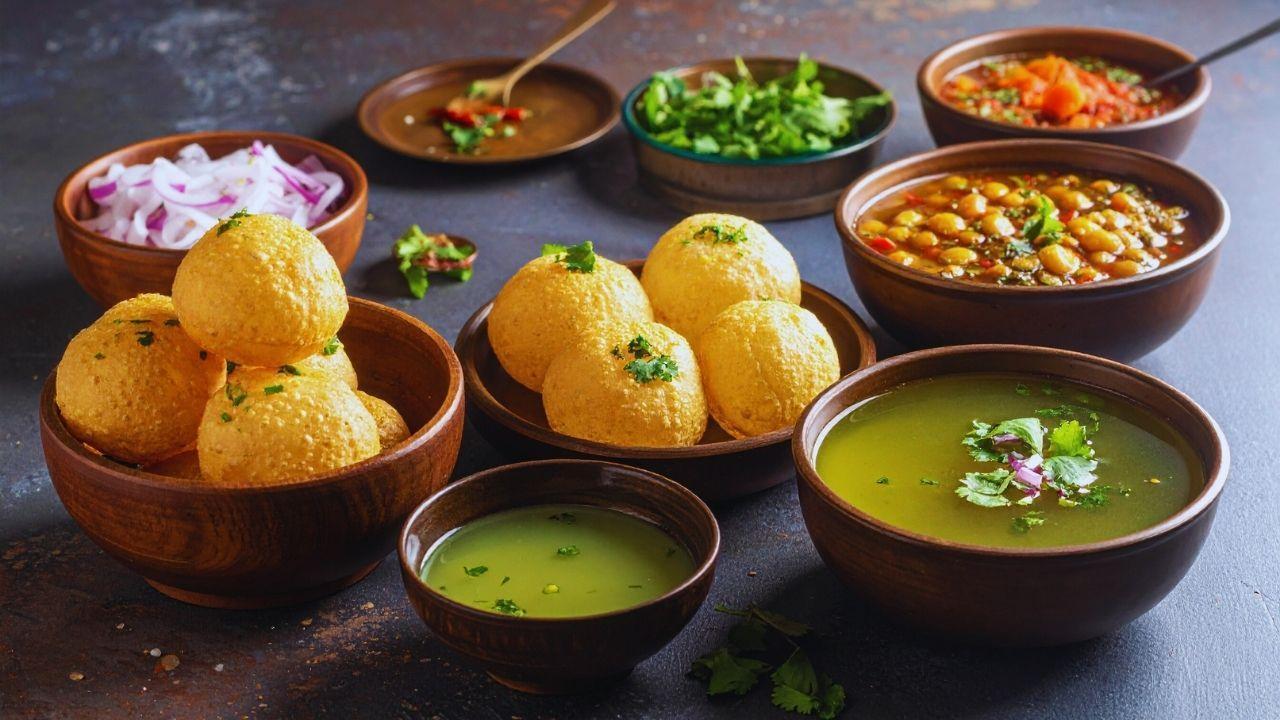
Post by : Anis Farhan
Indian street food has always been a vibrant part of the nation’s cultural fabric. From spicy chaat and crispy pakoras to sweet jalebis and tangy pani puri, these foods have delighted locals for generations. What makes Indian street food truly remarkable is its ability to combine diverse flavors, textures, and aromas in a single bite.
Over the last decade, this culinary tradition has started crossing borders. Cities like New York, London, Sydney, and Dubai now boast eateries, pop-ups, and food festivals dedicated to authentic Indian street fare. The global appetite for Indian flavors reflects both curiosity and admiration for the country’s rich culinary heritage.
So why has Indian street food found international success? It boils down to a few key factors:
Bold and Unique Flavors – The combination of spices, chutneys, and textures creates a taste experience unlike any other.
Variety and Versatility – Whether vegetarian or non-vegetarian, sweet or savory, Indian street food caters to every palate.
Affordable and Accessible – Street food’s casual nature allows it to appeal to all demographics.
Instagram-Worthy Presentation – Colorful, vibrant, and playful, Indian dishes are perfect for social media, helping them gain global recognition.
The result is a perfect storm: food that is flavorful, fun, and easy to love.
India’s culinary diversity plays a major role in its global appeal. Each state boasts distinct flavors and techniques:
Mumbai’s Vada Pav – A simple potato fritter sandwiched in a bun, loaded with chutneys, has been dubbed India’s burger.
Delhi’s Chaat – Tangy, spicy, and sweet, this street favorite balances textures and flavors to perfection.
Kolkata’s Puchka – Also known as pani puri, the crispy hollow balls filled with spicy water delight adventurous eaters.
Punjab’s Amritsari Kulcha – Stuffed bread with spices, served piping hot with chickpea curry, is irresistible to carb lovers.
Hyderabad’s Biryani – Though not strictly street food, its roadside versions offer a spicy, aromatic experience that has fascinated travelers.
International chefs and restaurateurs have started replicating these iconic dishes, often adapting them to local ingredients while retaining their essence.
One of the main drivers of Indian street food’s global spread is food festivals and pop-up culture. Events like India Food Festival, Taste of India, and global street food fairs provide a platform for chefs to showcase authentic dishes.
Pop-up kitchens in cities like New York, London, and Singapore allow culinary entrepreneurs to test the market without heavy investment in brick-and-mortar establishments. This flexibility encourages innovation and introduces Indian street food to diverse audiences.
Food festivals also emphasize experiential dining, where customers watch, smell, and taste the food being prepared live. This immersive approach is ideal for Indian street fare, which often relies on freshness and bold aromas.
Indian street food’s rise has been accelerated by celebrity chefs and media exposure. Shows like “MasterChef India” and “Street Food by Netflix” have brought regional recipes to a global stage. Influential chefs, both Indian and international, have incorporated street-style dishes into upscale dining menus, blending authenticity with modern presentation.
Social media plays a critical role as well. Vibrant videos of pani puri being served, or chaat being assembled with multiple chutneys, are shared millions of times, creating curiosity and demand across continents.
While global popularity is rising, chefs often face challenges when introducing Indian street food internationally. Ingredient availability, dietary restrictions, and local taste preferences can affect authenticity.
For instance:
Spice levels may need to be adjusted for sensitive palates without compromising flavor.
Local ingredients may replace traditional ones; for example, using avocados instead of raw mangoes.
Hygiene standards must meet global expectations while maintaining street-style charm.
Successful adaptation balances authenticity with accessibility, keeping the core essence of Indian flavors intact while making them approachable for new audiences.
Another factor driving global appeal is the growing awareness of healthy eating. Indian street food, traditionally perceived as indulgent, is being reinvented with health-conscious variations:
Baked pakoras instead of deep-fried versions
Quinoa and millet chaats replacing refined flour
Sugar-free or jaggery-based sweets
Vegan and gluten-free versions
These modifications allow Indian street food to cater to a wider audience, including fitness enthusiasts and those with dietary restrictions, without losing the authentic taste experience.
Indian street food is more than just cuisine; it’s a vehicle for cultural exchange. Each dish tells a story—of local ingredients, traditional methods, and centuries-old recipes.
By serving street food internationally, Indian chefs and restaurateurs act as informal cultural ambassadors. Diners gain insight into Indian culture, history, and traditions, creating a deeper appreciation beyond taste. This culinary diplomacy strengthens cross-cultural connections and fosters curiosity about India’s diverse heritage.
The rise of Indian street food abroad has also created new economic opportunities. Entrepreneurs, food truck owners, and chefs can leverage the global fascination with Indian cuisine to build profitable ventures.
Small-scale startups introducing street food concepts in overseas markets have gained rapid popularity. This trend not only benefits the businesses themselves but also helps generate awareness for Indian agricultural products, spices, and artisanal ingredients.
Moreover, Indian street food’s popularity in global urban centers contributes to the tourism sector. Travelers increasingly seek authentic culinary experiences, boosting interest in food-focused travel to India.
Delivery apps and online platforms have further expanded Indian street food’s reach. Services like Uber Eats, Zomato, and DoorDash now feature Indian street food options in many cities worldwide, allowing customers to enjoy authentic dishes from the comfort of their homes.
Digital marketing, online reviews, and social media promotion help street food businesses build brand identity internationally. Virtual cooking classes and recipe-sharing platforms also encourage people to recreate Indian dishes at home, increasing engagement with the cuisine.
The global appetite for Indian street food is unlikely to slow down. Several trends indicate continued growth:
Fusion Cuisine: Blending Indian street flavors with local dishes, e.g., tikka tacos or masala pizzas
Experiential Dining: Immersive environments replicating Indian streets and markets abroad
Premium Street Food: Upscale restaurants presenting street recipes with gourmet techniques
Sustainability: Using locally sourced ingredients while retaining authenticity
These trends ensure Indian street food remains dynamic, relevant, and continuously evolving while capturing hearts worldwide.
Indian street food’s global conquest is a testament to its bold flavors, cultural richness, and versatility. From humble roadside stalls to Michelin-inspired pop-ups, these dishes are bridging continents and palates.
By embracing authenticity, innovation, and sustainability, Indian street food continues to captivate international audiences, turning every bite into a journey of taste and culture. As more people discover its charm, it’s clear that desi flavors are no longer just local treasures—they belong to the world.
This article is for informational and editorial purposes only. It does not promote or endorse specific restaurants, brands, or food businesses. Readers are encouraged to explore Indian cuisine responsibly and consider dietary preferences when trying new dishes.



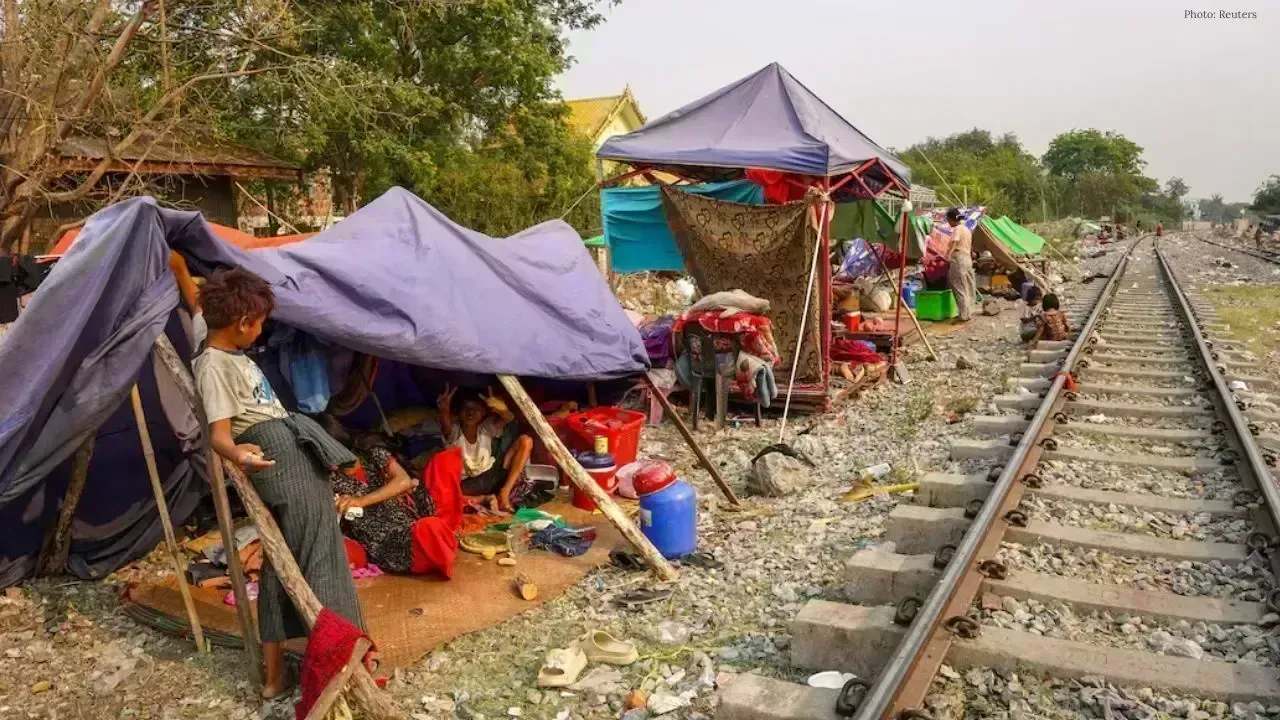

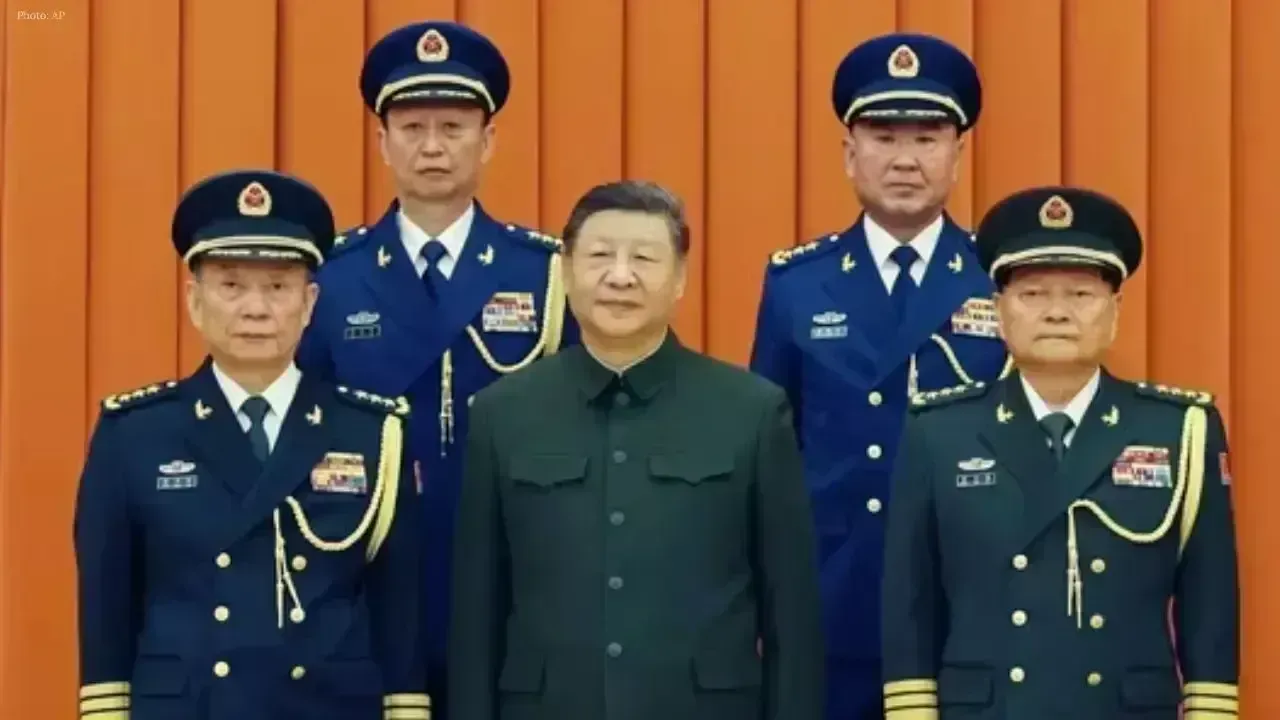


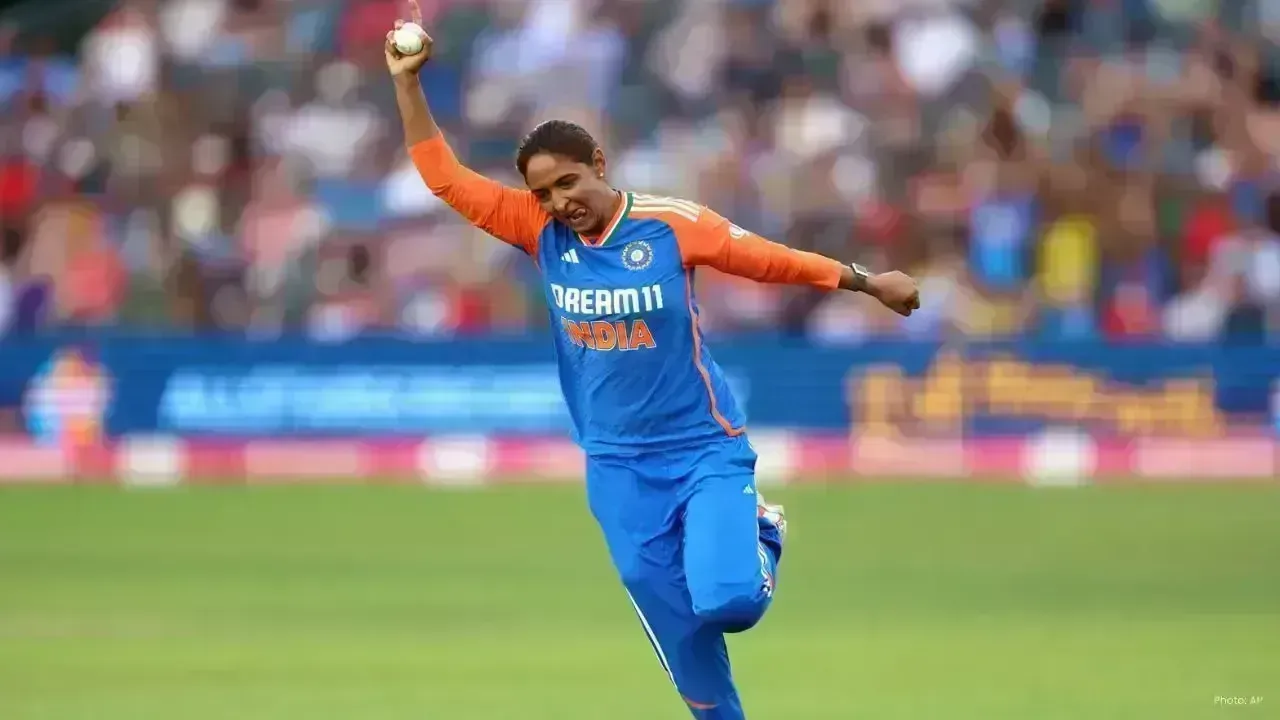

China Sanctions 20 US Defense Firms Over Taiwan Arms Sales Dispute
China imposes sanctions on 20 US defense companies and 10 executives for supplying arms to Taiwan, e

Salman Khan’s Grand 60th Birthday Bash at Panvel Farmhouse Shines Bright
Salman Khan celebrates his 60th birthday with a grand party at Panvel farmhouse, sharing joyful mome
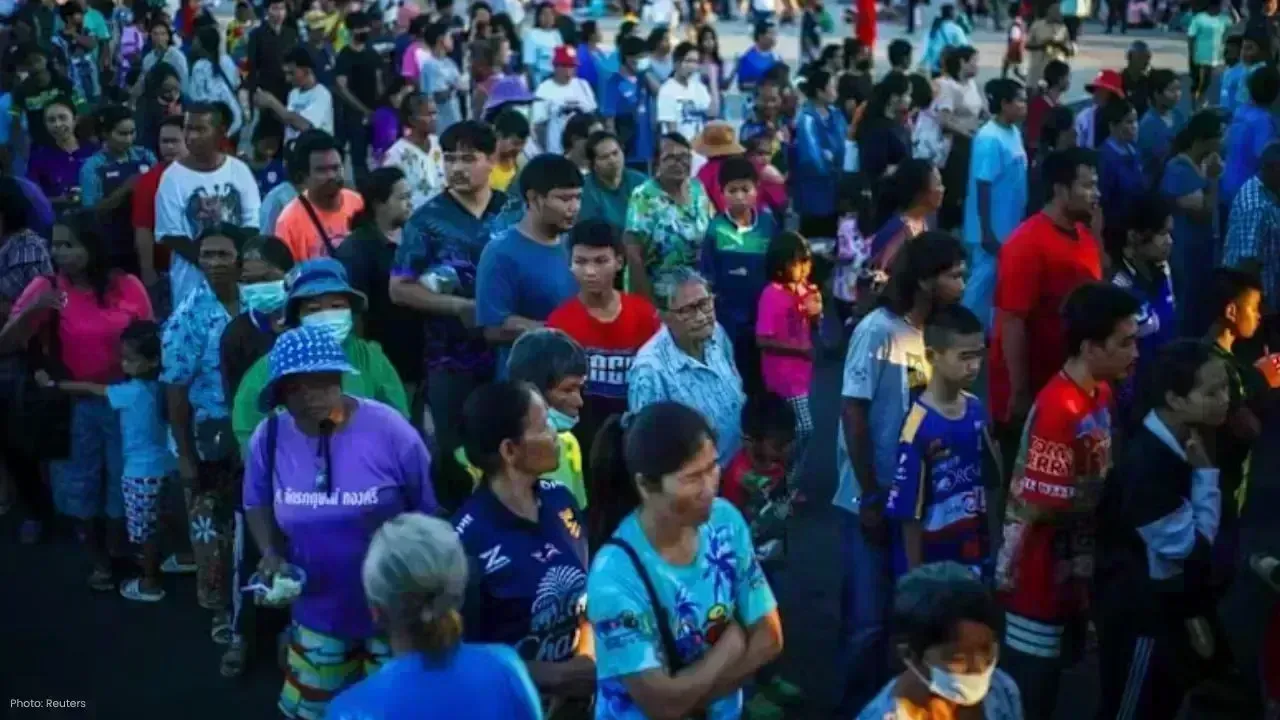
Thailand Defence Minister Joins Talks to End Deadly Border Clash
Thailand’s defence chief will join talks with Cambodia as border clashes stretch into a third week,

India Raises Alarm Over Fresh Attacks on Hindus in Bangladesh
India has condemned recent killings of Hindu men in Bangladesh, calling repeated attacks on minoriti

Sidharth Malhotra & Kiara Advani Celebrate Baby Saraayah’s 1st Christmas
Sidharth and Kiara share adorable moments of baby Saraayah’s first Christmas with festive décor and

South Korea Seeks 10-Year Jail Term for Former President Yoon Suk Yeol
South Korea’s special prosecutor demands 10 years for ex-President Yoon Suk Yeol on charges includin